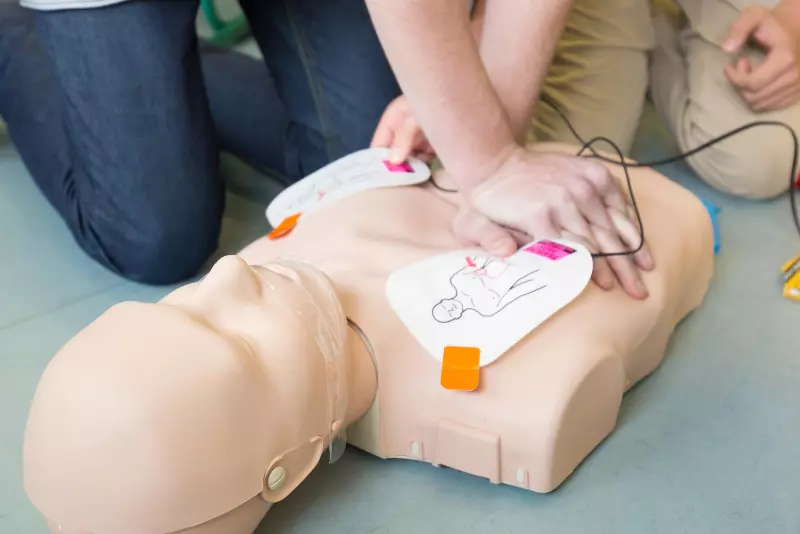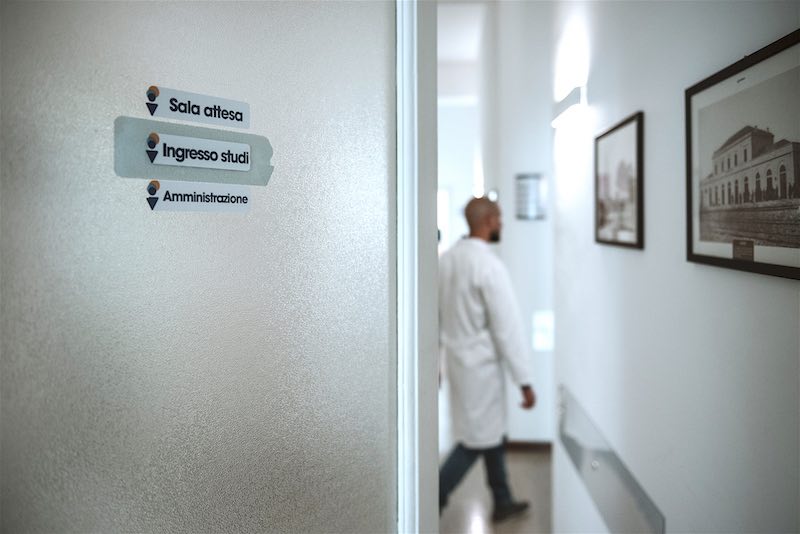First aid course
The first aid course, which is required by law.
The first aid course provided by Synergos is required by law (Interministerial Decree 388/2003). In fact, in every work environment there is an obligation to appoint and then train first-aid officers, or people who are able to intervene promptly in the event of an emergency.
Synergos’ first aid training course, aims to teach some simple resuscitation maneuvers that can save lives in emergency situations that may occur in the workplace.
In addition, thanks to the course, there is a requirement to know the company’s safety plan.
What is there to know about the first aid course?
1. The first aid officer must never be absent from the workplace;
2. the employer is required by law to appoint and train workers in charge of first aid after consultation with the RLS;
3. if the employer is found to be in default and thus has not trained workers or consulted the RLS, the risk is to incur penalties ranging from €1,200 to €5,200.
How long is the first aid course?
The first aid course is conducted following a specific protocol that involves a certain number of hours that varies depending on the type of work activity, the number of workers, and especially the risk factors. We can classify companies into:
- Companies or production units with industrial activities, thermal power plants, nuclear plants and laboratories, mining and other activities, underground work, companies for the manufacture of explosives, powders and ammunition.
- Companies or production units with more than five workers belonging to or attributable to INAIL tariff groups with a permanent disability injury index of more than four. Companies or production units with more than five permanent workers in the agriculture sector.
- Companies or production units with three or more workers.
- Companies or production units with fewer than three workers.
What are the topics covered?
- Alert the emergency system: causes and circumstances of the injury, communicate the above information clearly and accurately to the emergency medical services.
- Recognizing a medical emergency: scene of injury, ascertaining the mental and physical condition of the injured worker, self-protection techniques of rescue personnel.
- Performing first aid interventions: sustaining vital functions, recognition and limits of first aid intervention.
- Know the specific hazards of the activity performed and gain general knowledge about trauma in the work environment: dislocations, fractures and complications, cranio-encephalitic and spinal trauma and injuries, thoraco-abdominal trauma and injuries.
- Achieve general learning about specific pathologies in the work environment: cold and heat injuries, electric current injuries, chemical injuries, poisonings, lacerated contused wounds, external bleeding.
- Achieve general learning about specific pathologies in the work environment: cold and heat injuries, electric current injuries, chemical injuries, poisonings, lacerated contused wounds, external bleeding.
- Achieve practical intervention skills: communication techniques with the NHS (National Health Service) emergency system, first-aid techniques in acute brain syndromes, first-aid techniques in acute respiratory failure syndrome, cardiopulmonary resuscitation techniques, hemorrhagic tamponade techniques, techniques for lifting, moving and transporting the traumatized, first-aid techniques in cases of accidental exposure to chemical and biological agents.





